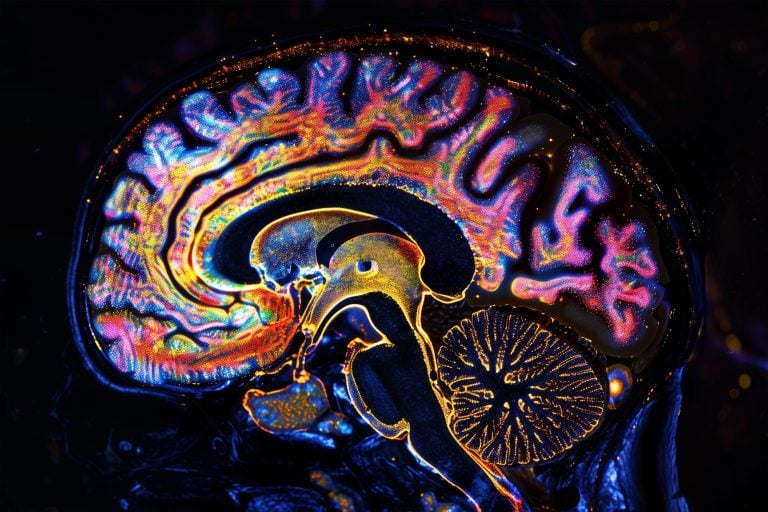Scientists have made a groundbreaking discovery in the field of depression research, developing a novel fluorescent probe that selectively detects serotonin. This innovative tool sheds new light on the complex mechanisms of depression, shifting focus from serotonin levels to neuron release functions.
The Challenge:
Depression remains a pervasive global health issue, with existing treatments often falling short. The intricate chemistry of serotonin, a key player in depression, has long been elusive.
The Breakthrough:
A Chinese research team, led by Weiying Lin, has created a highly sensitive and selective fluorescent probe for imaging serotonin. This probe distinguishes serotonin from similar molecules, illuminating its presence within cells.
How it Works:
The probe’s unique reactive group (3-mercaptopropionate) reacts selectively with serotonin, triggering a fluorescent response. This precise detection enables researchers to study serotonin’s role in depression.
Key Findings:
- Serotonin levels in depressive cells were similar to those in healthy cells.
- Depressive cells showed reduced serotonin release in response to stimulation.
- Antidepressant drugs (serotonin reuptake inhibitors) slightly increased serotonin release.
- mTOR activators enhanced serotonin release in depressive cells, while mTOR inhibitors reduced release in healthy cells.
Implications for Treatment:
These findings suggest that:
- Serotonin levels may not be the primary factor in depression.
- Neuron release functions are critical.
- mTOR activity correlates strongly with serotonin release.
A New Path Forward:
This research opens doors to:
- Targeted treatments focusing on mTOR.
- Enhanced understanding of depression mechanisms.
- Improved diagnostic tools.
Reference:
“Development of a Fluorescent Probe with High Selectivity based on Thiol-ene Click Nucleophilic Cascade Reactions for Delving into the Action Mechanism of Serotonin in Depression” by Lizhou Yue, Huawei Huang, and Weiying Lin, Angewandte Chemie International Edition.
Share Your Thoughts:
How do you think this breakthrough will impact depression research and treatment?

















